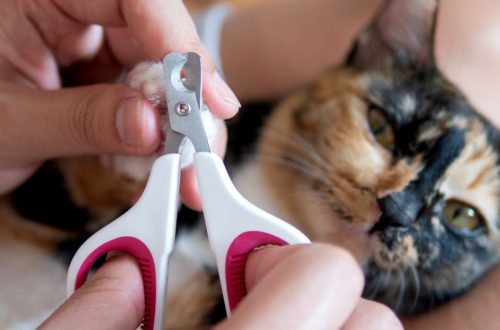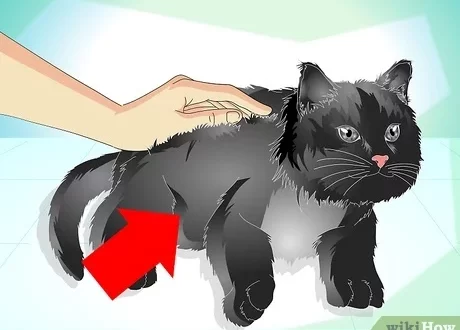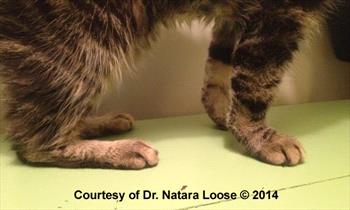
Why do cats have a rough tongue
Cat owners must have noticed that the cat’s tongue is very unusual. It does not look like a dog – the cat’s tongue is rough, like sandpaper. This is especially felt when a fluffy pet decides to lick the owner. But why is cat language so strange?
Features of the structure of the language
The cat’s tongue is covered with peculiar tubercles, outwardly resembling tiny hooks, which lengthen towards the middle of the tongue and are directed towards the throat. These are the taste buds of a cat, made of keratin, and they create the effect of some kind of bristles.
Hooks, or papillae, are of 4 types:
The filiform papillae on the cat’s tongue are the most located, they are located on the front of the tongue.
The foliate papillae are larger than the filiform papillae and are located along the edges of the tongue on both sides.
Fungiform papillae are also found along the edges of the tongue, but slightly further from the center. They look like mushrooms, for which, in fact, they got their name.
Grooved papillae are located on the back of the tongue and help cats scoop up water.
Language Features
Speaking about why cats have a rough tongue, it is necessary to take a closer look at the functions of this organ.
Combing wool. The cat’s tongue plays the role of a comb and helps remove any dirt and odors from the coat. After all, a cat is a small predator that has many natural enemies in the wild, and bright smells can easily give it away. So the constant licking of a fluffy beauty is a tool for her survival. Although there are other reasons for that.
Chewing acceleration. In addition to acting as a comb, the rough tongue helps the cat to thoroughly grind food during chewing, as well as rip meat off the bones. A quick meal is another key to the survival of a small predator, because a larger enemy can be nearby at any moment.
Drinking water. A multifunctional cat tongue can also act as a spoon. The cat bends it in a special way and, as it were, scoops up water with it.
Body temperature regulation. By licking themselves, cats restore their body temperature. They moisten the coat with their tongue, and the evaporation of saliva dissipates the heat. It helps regulate sweating.
Social interaction. Licking each other’s fur is a common occurrence among cats. Such a mutual display of tenderness shows that a strong bond has been established between the animals. In addition, licking helps one cat to calm another in a stressful situation: this is how the general smell is transmitted, which helps the animals feel safe.
Offspring care. In the first weeks after the birth of offspring, it is especially important for a cat mother to carefully lick her cubs. After all, they themselves will not soon learn to do it the way they should, and smells, again, can give other predators the location of the tailed family.
A rough tongue for a cat is a necessity. It performs many functions, although it can sometimes cause discomfort to the owner. But the main thing is that the pet is comfortable.
See also:
- What do cats do when their owners are away?
- Why are cats afraid of water?
- Why do cats trample and crush with their paws
- Why does a cat need a mustache





